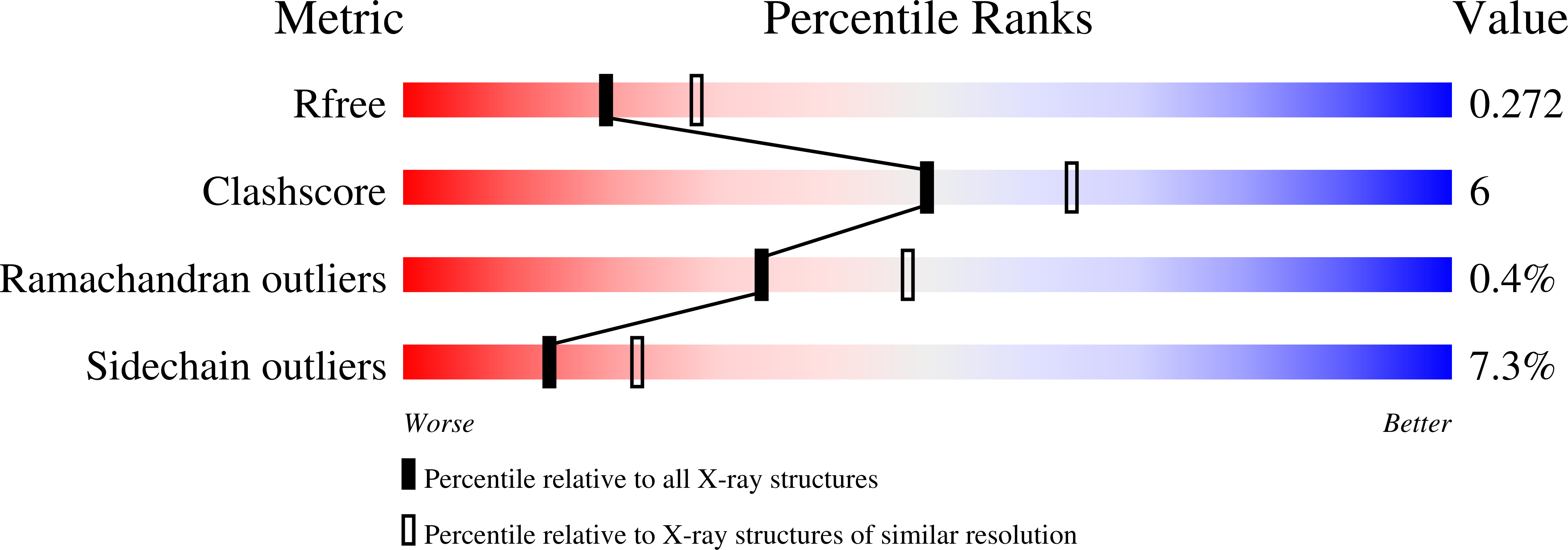
Deposition Date
2021-04-09
Release Date
2021-10-20
Last Version Date
2024-10-23
Entry Detail
PDB ID:
7O62
Keywords:
Title:
Crystal structure of a 2`-deoxyribosyltransferase from the psychrophilic bacterium Desulfotalea psychrophila.
Biological Source:
Source Organism:
Host Organism:
Method Details:
Experimental Method:
Resolution:
2.40 Å
R-Value Free:
0.27
R-Value Work:
0.22
R-Value Observed:
0.22
Space Group:
P 21 21 21


